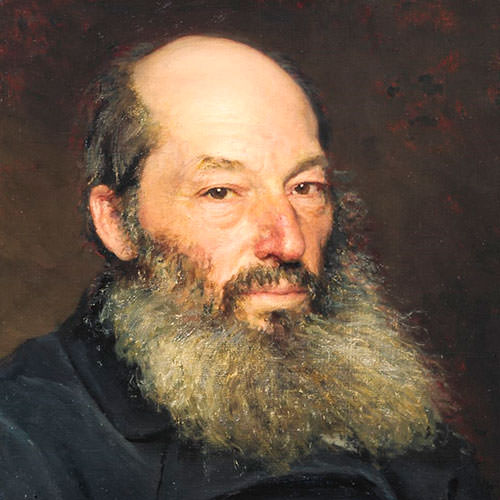

Autumn Rose
The forest has speckled its peaks,
The garden has bared its brow,
September has died, and the dahlias
Have burned in the breath of night.
But in the draught of frost
Alone among the dead,
There’s still you, queen rose,
Fragrant and magnificent.
Despite some cruel ordeals
And the malice of fading days,
You waft to me the image
And the breath of spring.
1886
September Rose
After the morning sigh of frost,
How strangely the rose smiles
With a flush of parted lips
On a fleeting September day!
In front of blue tits
Fluttering in leafless bushes,
How audaciously the queen stands out
With a spring greeting on her lips!
She has blossomed in the steadfast hope
That once taken from the cold flowerbed,
She’ll be the last to cling, intoxicated,
To the young mistress’s breast!
1890
Fet used the rose as an image throughout his poetic life. Richard F. Gustafson has explained how this image evolved: “In his early poetry [1840s to 1860s]…the poet-nightingale sings to his beloved muse, the rose. The pattern of association—the beloved with the muse—is retained throughout Fet’s verse…. In this period the rose is always the spring rose, the rose of love…. But in 1873 when Fet sang of his beloved, he sang not of love but of beauty…. In the 1880’s the rose symbolized not just beauty but also youth lost.” (The Imagination of Spring: The Poetry of Afanasy Fet)
But these two late rose poems do not refer to youth lost; rather they admire the rose for enduring when other plants die. In both poems, the rose reminds the poet of the next spring: the rose “wafts the image and the breath of spring” and has “a spring greeting on her lips.” This of course is relevant to the aging Fet, who at 66 and 70 respectively, must have been hoping to get through another Russian winter and see another spring.
Fet utilized the theme of the autumn rose twice in his later years. And although the two poems are quite different, there are some parallels: frost, September and queen.
Prosody: Like nearly all of his contemporary poets, Fet uses form carefully. Both poems have three quatrains with cross-rhyme, although each poem has one stanza where all four lines rhyme.
Leave a Comment